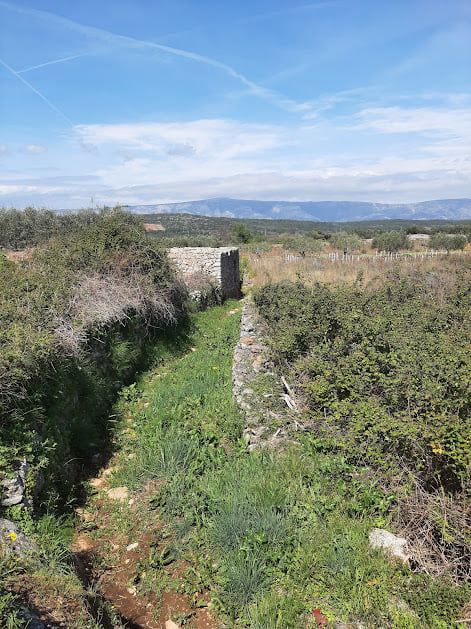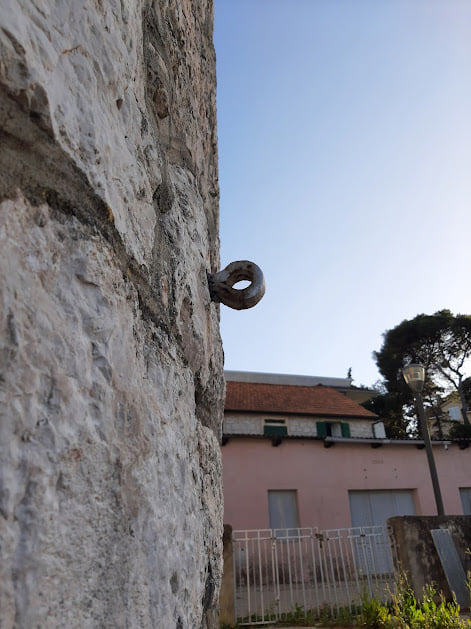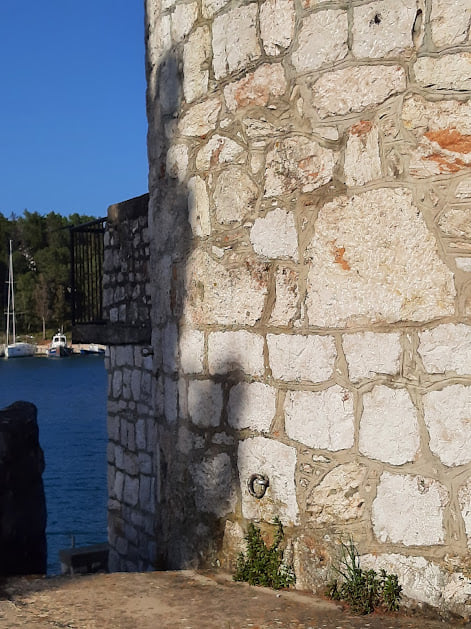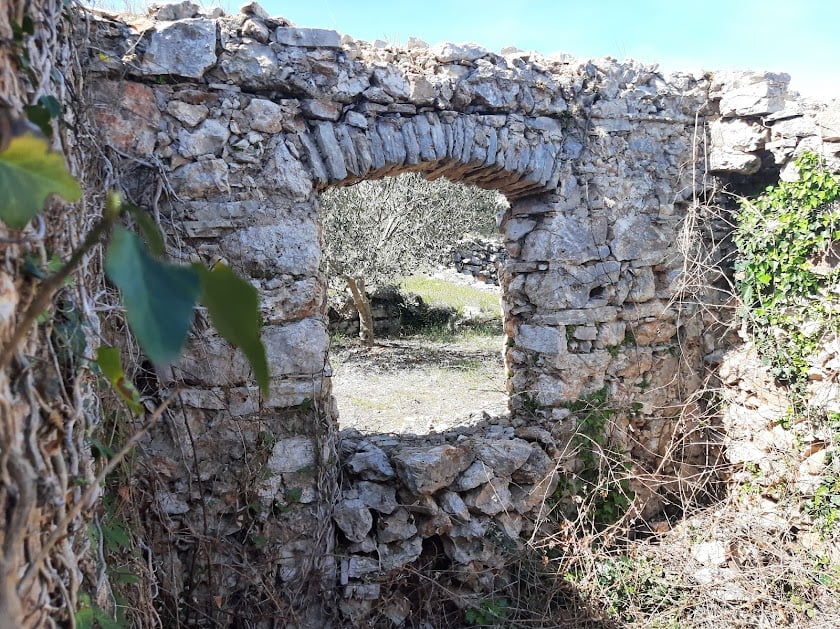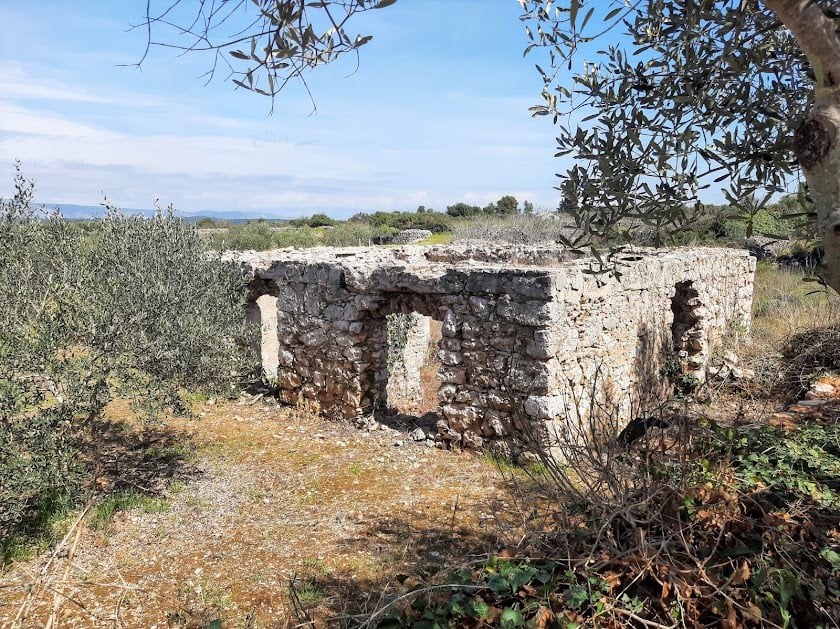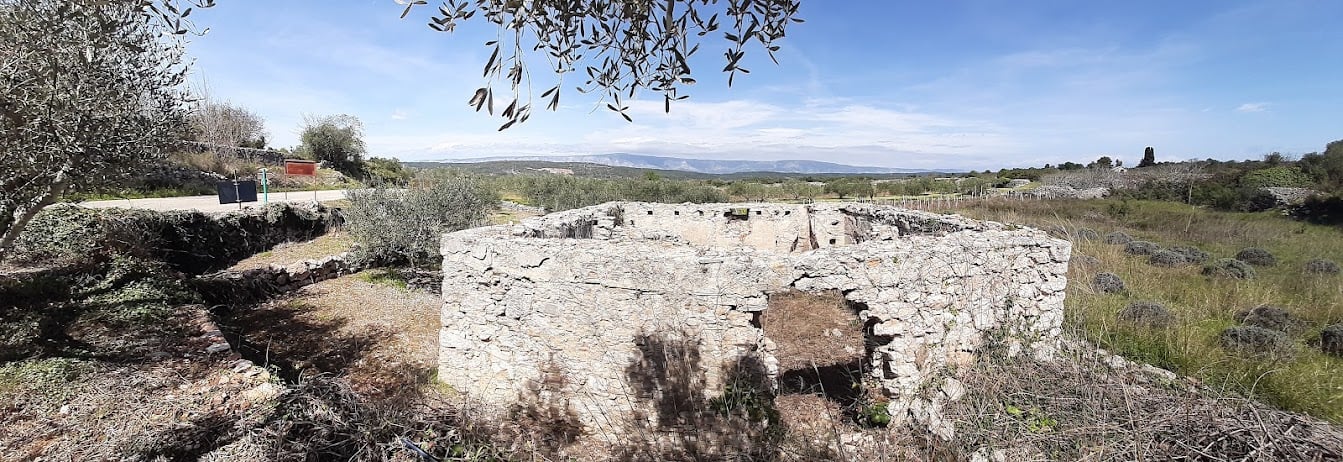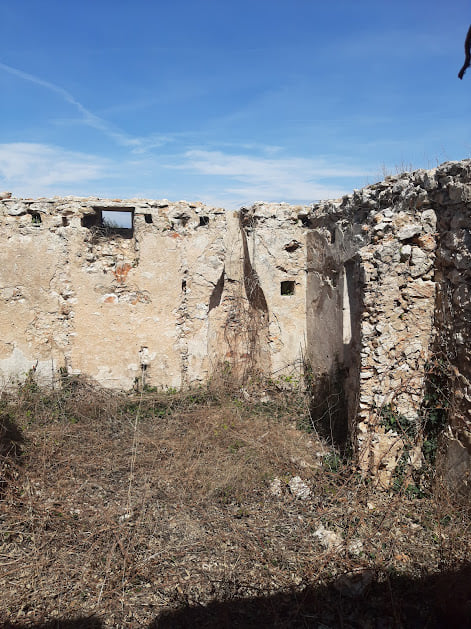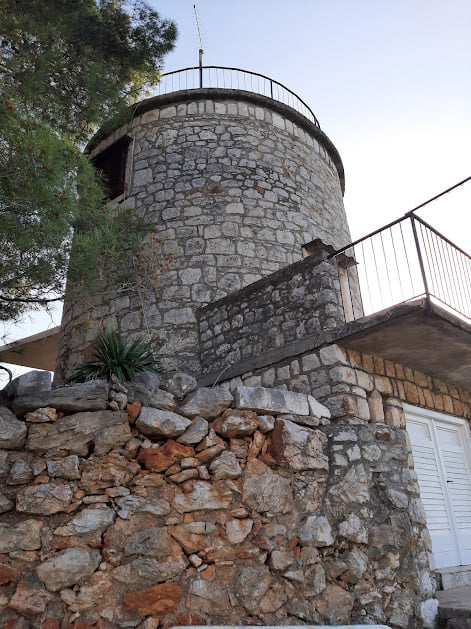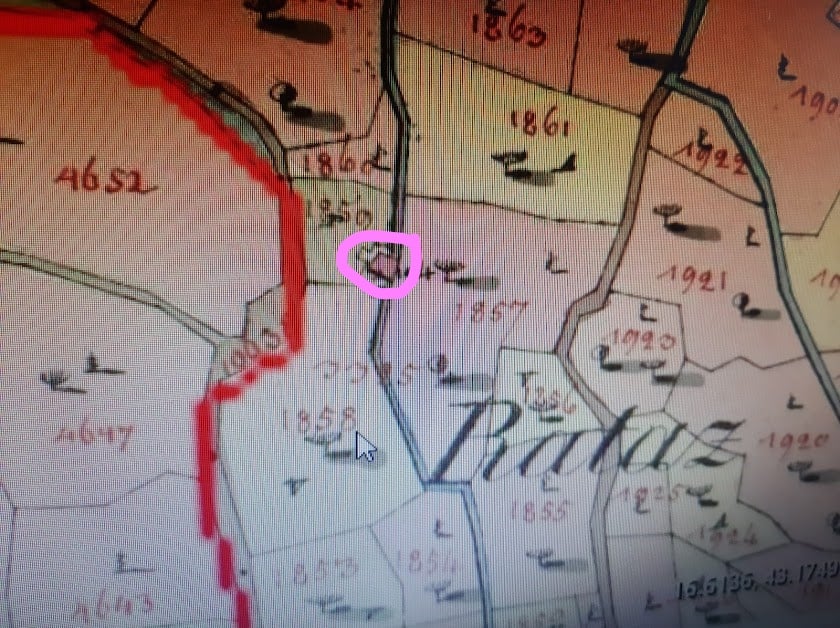THE WATER OF LIFE AND THE WINDS OF TIME

The first Greek colonisers who arrived on today’s island of Hvar in the 4th century BC and founded Faros – today’s Stari Grad, were amazed by the numerous springs of drinking water. In fact, on the dry island of Paros in the Aegean Sea, where they originally came from, there was a long-term shortage of water and grain. In order to survive, some of them bravely embarked on the adventure of a lifetime. The discovery of drinking water and fertile soil was a sign that they had reached the end of their journey. They brought along the flame in their hearts and the air smelled of goodness. They were really lucky, they found their promised land only 700 nautical miles (1300 km) from their home. In those ancient days, the island in the shape of a sleeping whale was dominated by stone, the vegetation was scarce, and everything seemed desolate except for the water, which crawled like a snake across the largest Hvar plain finding its way to the sea. The rainfall was so abundant and frequent that the Greek writer Ephorus wrote about the island through which the river “Farion” flows.
Millennia and centuries have changed the appearance of the island. The sleeping whale has turned into a “spider crab claw”. Precipitation was no longer so frequent or abundant, but the water still flowed through the waterbeds, somewhat slower and less frequently. It was still just as sweet, with a mixed taste of herbs and red wine from Hvar. The power of water intrigued the physician Petar Ostojić to build the first mill on the island of Hvar in front of the village of Dol sv. Marije in 1810. The mill-watermill was driven by the boiling stream of Vir which flew through Dol. In fact, the Farion river had flowed into the sea long ago. The stone building of the mill consisted of a ground floor with several windows for ventilation, and today it`s still located in a place where the stream bed is slightly inclined. The area around the mill building was always lively and noisy from the turning of the grindstone, the force of the water pouring down the waterbed, and the voices of the people who had to shout to hear each other. As long as the water flowed from the Vir spring, the stream meandered along its bed and the heart of the mill throbbed, and then it suddenly stopped. The bed had dried up, the mill fell silent. The lazy bottom grindstone didn’t move any more.
Two kilometres to the west, at the entrance to the cove of Stari Grad, there are two mill towers and two windmills. The former mayor of Stari Grad and sea captain Petar Ivanišević decided to use the power of the wind to which the Stari Grad cove is exposed. It is the north wind – tarmuntona, a strong, penetrating and often unpleasant wind. It adversely affects people`s health so much that they call it “cholera”. As a true captain, Ivanišević knew the sea well and was quite familiar with the winds. When he threw the anchor of life into the Stari Grad cove, he utilised the power of the wind for a common benefit. In the area of Lučica, he built two mills in 1858, one on the edge of the shore, and the other a little above the first one. The canvas wings of the windmills would only rest at night, and they were so large that they were visible from the Stari Grad field. It turned out that the wind barely reached the upper mill, so it was soon shut down. People didn`t come to mill towers only to grind the grain. The mill was also a meeting place, an opportunity for conversation, a well-deserved break while waiting for their sack of flour like it was a sack of gold.
The winds are still blowing, they bring restlessness in winter, and refreshment in summer. They didn’t disappear like the stream in the waterbed, but they stopped blowing for a while. The time of mills and waters. The swift and restless god of wind Aeolus stopped the perpetuum mobile of air currents, and consequently the wings of the sea. Upon entering the 20th century, the place at the end or the beginning of the town changed forever.




